Results 12,021 to 12,030 of 12089
Thread: Anandtech News
-
02-07-24, 06:42 PM #12021
Anandtech: Patriot Reveals Viper PV553 SSD: 12.4 GB/s with a Blower Fan
Patriot has formally introduced its first solid-state drives featuring a PCIe 5.0 x4 interface aimed at demanding users. The Viper PV553 SSD uses the company's all-new active cooling system boasting an aluminum radiator, a blower fan, and a special heat shield that promises to ensure the best possible cooling for consistent performance under high workloads.
Set to be available in 1 TB, 2 TB, and 4 TB configurations, Patriot's Viper PV553 uses Micron's 232-layer 3D TLC NAND memory and we presume Phison's PS5026-E26 controller as Patriot is a loyal partner of the Taiwan-based SSD controller developer.
As for performance, Patriot rates its 2 TB and 4 TB PV553 for sequential read/write speeds of up to 12,400 MB/s and 11,800 MB/s as well as up to 1.4 million random 4K read and write IOPS. Meanwhile, the 1 TB model is slightly slower and offers read/write speeds of up to 11,700 MB/s and 9,500 MB/s as well as up to 1.3/1.4 million read/write IOPS.
The drives come in an M.2-2280 form-factor and are compatible with desktops that have sufficient space inside as Patriot's Viper PV553 SSDs are equipped with quite an extraordinary cooling system to take away 11W of thermal power that they can dissipate. The cooler (which features a 16.5 mm z-height) employs a rather big aluminum radiator that covers both the controller and memory chips, a blower fan, thermal pads on both sides of the drive, and an aluminum casing — which the company calls heat shield — that directs air produced by the fan through the radiator's fins to maximize cooling performance.
The extensive cooling is supposed to ensure that Patriot's Viper PV553 drives sustains performance even under severe workloads. In fact, Patriot says that the cooler ensures that the drive maintains temperature at about 45ºC in normal room temperature conditions.
Meanwhile, PV553 SSDs are not Patriot's fastest drives. Recently the company demonstrated its Viper PV573 SSDs that use Micron's B58R 3D TLC NAND with a 2400 MT/s data transfer rate and offer a sequential read and write speed of up to 14,000 MB/s and 12,000 MB/s, respectively. That drive will perhaps get more benefits from the new cooling system, but it will be available at a later date.
As it is always the case with Patriot's premium SSDs, the Viper PV553 drives are backed by a five-year warranty and are guaranteed to sustain 700, 1400, and 3000 terabytes to be written.
More...
-
02-07-24, 06:42 PM #12022
Anandtech: German Court Bans Sales of Select Intel CPUs in Germany Over Patent Disput
A German court has sided with R2 Semiconductor against Intel, ruling that the chip giant infringed one of R2's patent. This decision could lead to sales ban of select Intel processors as well as products based on them in Germany. Intel, for its part, has accused R2 of being a patent troll wielding a low-quality patent, and has said that it will appeal the decision.
The regional court in Düsseldorf, Germany, ruled that Intel infringed a patent covering an integrated voltage regulator technology that belongs to Palo Alto, California-based R2 Semiconductor. The court on Wednesday issued an injunction against sales of Intel's Core-series 'Ice Lake,' 'Tiger Lake,' 'Alder Lake,' and Xeon Scalable 'Ice Lake Server' processors as well as PCs and servers based on these CPUs. Some of these processors have already been discontinued, but there are Alder Lake chips are available in retail and inside many systems that are still on the shelves. Though the ruling does not mean that these CPUs will disappear from the German market immediately.
Meanwhile, the injunction does not cover Intel's current-generation Core 'Raptor Lake' and Core Ultra 'Meteor Lake' processors for desktops and laptops, according to The Financial Times, so the impact of the injunction is set to be fairly limited.
Intel has expressed its disappointment with the verdict and announced its intention to challenge the decision. The company criticized R2 Semiconductor's litigation strategy, accusing it of pursuing serial lawsuits against big companies, particularly after Intel managed to invalidate one of R2's U.S. patents.
"R2 files serial lawsuits to extract large sums from innovators like Intel," a statement by Intel reads. "R2 first filed suit against Intel in the U.S., but after Intel invalidated R2's low-quality U.S. patent R2 shifted its campaign against Intel to Europe. Intel believes companies like R2, which appears to be a shell company whose only business is litigation, should not be allowed to obtain injunctions on CPUs and other critical components at the expense of consumers, workers, national security, and the economy."
In its lawsuit against Intel, R2 requested the court to halt sales of infringing processors, sales of products equipped with these CPUs, and to mandate a recall of items containing these processors, as Intel revealed last September. The company contended that imposing an injunction would be an excessive response.
Meanwhile, it is important to note that in this legal battle Intel is safeguarding its customers by assuming responsibility for any legal expenses or compensations they may incur. Consequently, as of September, Intel was unable to provide a reliable estimate of the possible financial impact or the scope of potential losses that could result from the legal battle as they can be vast.
In a stark contrast with Intel, R2 welcomes the court's decisions and presents the company's own view on the legal dispute.
"We are delighted that the highly respected German court has issued an injunction and unequivocally found that Intel has infringed R2's patents for integrated voltage regulators," said David Fisher, CEO of R2. "We intend to enforce this injunction and protect our valuable intellectual property. The global patent system is here precisely for the purpose of protecting inventors like myself and R2 Semiconductor."
R2 claims that Intel planned to invest in R2 in 2015, about two years after the company first brought its Fully Integrated Voltage Regulator (FIVR) technology to market with its 4th Generation Core 'Haswell' processors, but then abandoned talks.
"R2 has been a semiconductor IP developer, similar to Arm and Rambus, for more than 15 years," Fisher said. "Intel is intimately familiar with R2's business — in fact, the companies were in the final stages of an investment by Intel into R2 in 2015 when Intel unilaterally terminated the process. R2 had asked if a technical paper Intel had just published about their approach to their FIVR technology, which had begun shipping in their chips, was accurate. The next and final communication was from Intel's patent counsel. That was when it became clear to me that Intel was using R2's patented technology in their chips without attribution or compensation."
The head of R2 states that Intel is the only company that R2 has ever sued, which contradicts Intel's R2 accusation of being a patent troll.
"That is how these lawsuits emerged, and Intel is the only entity R2 has ever accused of violating its patents," Fisher stated. "It is unsurprising but disappointing that Intel continues to peddle its false narratives rather than taking responsibility for its repeated and chronic infringement of our patents."
More...
-
02-08-24, 07:21 PM #12023
Anandtech: Minisforum Unveils V3: A 2-in-1 Tablet with Ryzen 7 8840U and Windows 11 P
Minisforum has formally announced its V3, one of the industry's first AMD Ryzen 7 8840U-based hybrid PCs that can serve as a tablet, a laptop, and an external display, which is why the company positions it as a '3-in-1' system. As the machine packs an eight-core CPU, it may offer the performance of some mid-range laptops. Meanwhile, despite being a 'tablet,' it has two USB4 ports and an SD card reader, a rare feature for this class of devices.
The Minisforum V3 is closer to a classic laptop than a tablet, but this happens often. The system features a 14-inch detachable multitouch display with a 2560×1600 resolution, a 500 nits brightness, a 165 Hz refresh rate (which will undoubtedly be appreciated by gamers), and a stylus support that measures 323.26×219×9.8 mm and weighs 946 grams without the keyboard. The device is made of die-cast magnesium alloy and packs all the common sensors and features for tablets, such as a 5MP rear and 2MP front camera, gyroscopes, and a fingerprint reader.
The Minisforum V3 is powered by AMD's Ryzen 7 8840U (8C/16T, 3.30 GHz – 5.10 GHz, up to 28W) with built-in Radeon 780M graphics (768 stream processors) and is mated to up to 32 GB of LPDDR5-6400 memory as well as an up to 2 TB M.2-2280 SSD with a PCIe interface. To ensure consistent performance under high loads, Minisforum squeezed a cooling system into the tablet with four copper tubes and two fans, a rare feature.
When it comes to connectivity, the Minisforum V3 comes with a Wi-Fi 6E + Bluetooth 5.3 adapter, two USB4 ports, a V-Link connector (a USB-C that acts like a DisplayPort In), a UHS-II SD card reader, and a 3.5-mm jack for headsets. Thanks to the V-Link connector, Minisforum's V3 can act like a tablet and a laptop and as a display for another notebook.
Minisforum V3 comes with an integrated 50 Wh battery, which is more or less in line with what some other thin-and-light 14-inch laptops offer. To easily balance between a long battery life and maximum performance, V3 has three power profiles, including power-saving mode (15W), balanced mode (18W – 22W), and high-performance (28W). Meanwhile, Minisforum does not estimate the actual battery life of the device for now.
Minisforum is expected to announce the pricing of its V3 hybrid PC next month.
Gallery: Minisforum Unveils V3: A 2-in-1 Tablet with Ryzen 7 8840U and Windows 11 Pro


More...
-
02-08-24, 07:21 PM #12024
Anandtech: The Geometric Future Eskimo Junior 36 AIO Cooler Review: Subdued Minimalis
Today we're looking at a all-in-one closed loop cooler from a face that's new to AnandTech: Geometric Future. Founded in 2020, Geometric Future is a PC components manufacturer with a goal of setting themselves apart in the crowded PC marketplace by redefining modern aesthetics. Their approach to design emphasizes the application of geometric elements and minimalist philosophy, as reflected in their slogan, "Simplify". They regard themselves as a potential future backbone in China's design industry, starting with a small step in the IT sector.
For such a new company, Geometric Future has already made significant strides in the realm of PC power and cooling products. One of their most notable products – and what we're reviewing today – is the Eskimo Junior 36, an all-in-one CPU liquid cooler available in 240mm and 360mm sizes. This cooler is designed with a minimalist aesthetic in mind, featuring a simplistic CPU block and equipped with high-performance Squama 2503 fans. Geometric Future pitches the Eskimo Junior 36 as being engineered to provide an optimal balance of cooling efficiency and aesthetics, making it able to achieve excellent cooling capabilities while maintaining low noise levels.
But marketing claims aside, we shall see where it stands in today’s highly competitive market in this review.
More...
-
02-09-24, 11:21 AM #12025
Anandtech: Recall of CableMods' 12VHPWR Adapters Estimates Failure Rate of 1.07%
A recall on 12VHPWR angled adapters from CableMod has reached its next stage this week, with the publication of a warning document from the U.S. Consumer Product Safety Commission. Referencing the original recall for CableMods' V1.0 and V1.1 adapters, which kicked off back in December, the CPSC notice marks the first involvement of government regulators. And with that has come to light a bit more detail on just how big the recall is overall, along with an estimated failure rate for the adapters of a hair over 1%.
According to the CPSC notice, CableMod is recalling 25,300 adapters, which were sold between February, 2023, and December, 2023. Of those, at least 272 adapters failed, as per reports and repair claims made to CableMod. That puts the failure rate for the angled adapters at 1.07% – if not a bit higher due to the underreporting that can happen with self-reported statistics. All told, the manufacturer has received at least $74,500 in property damage claims in the United States, accounting for the failed adapters themselves, as well as the video card and anything else damaged in the process.
As part of the recall, CableMod has asked owners of its angled 12VHPWR adapters V1.0 and V1.1 to stop using them immediately, and to destroy them to prevent future use. Buyers can opt for a full refund of $40, or a $60 store credit.
It is noteworthy that, despite the teething issues with the initial design of the 12VHPWR connector – culminating with the PCI-SIG replacing it with the upgraded 12V-6x6 standard – the issue with the CableMod adapters is seemingly distinct from those larger design flaws. Specifically, CableMod's recall cites issues with the male portion of their adapters, which was not altered in the 12V-6x6 update. Compared to 12VHPWR, 12V-6x6 only alters female plugs (such as those found on video cards themselves), calling for shorter sensing pins and longer conductor terminals. Male plugs, on the other hand, remain unchanged, which is why existing PSU cables made for the 12VHPWR remain compatible (and normally safe) with 12V-6x6 video cards. Though as cable mating is a two-way dance, it's unlikely having to plug into inadequate 12VHPWR female connectors did CableMod any favors here.
Sources: Consumer Product Safety Commission, HotHardware, CableMod
More...
-
02-09-24, 05:40 PM #12026
Anandtech: Global Semiconductor Sales Hit $526.8 Billion in 2023
The global semiconductor industry saw its sales dropped around $47 billion to nearly $527 billion in 2023, according to estimations by the Semiconductor Industry Association (SIA). This was a sharp downturn from the record 2022, but good news is that sales picked up significantly in the second half of the year, showing signs of a strong recovery and positive expectations for the future.
The semiconductor industry supplied chips worth $526.8 billion in 2023, an 8.2% decrease from 2022's all-time high of $574.1 billion. Slow sales of chips in the first half of the year was attributed to inventory corrections by client PC, consumer electronics, and server sectors. Meanwhile, chip sales in Q4 2023 jumped to $146 billion, up 11.6% compared to Q4 2022 and 8.4% higher than in Q3 2023. December also ended on a high note with sales reaching $48.6 billion, a 1.5% increase from November, according to the SIA.
In terms of product categories, logic products — CPUs, GPUs, FPGAs, and similar devices that process data — led the charge with $178.5 billion in sales, making it the industry's largest segment that outsells all three others combined. Memory followed with revenue of $92.3 billion, which was a result of declining prices of 3D NAND and DRAM in the first half of the year. In both cases, sales were down year over year.
By contrast, sales of microcontroller units (MCUs) and automotive integrated circuits (ICs) saw impressive of 11.4% and 23.7% year-over-year, respectively, with MCUs revenue reaching $27.9 billion and automotive ICs hitting a new high of $42.2 billion. Strong shipments of MCUs and automotive ICs indicate rapid chip demand growth from makers of cars as well as various smart devices as these industries now use more semiconductors than ever.
"Global semiconductor sales were sluggish early in 2023 but rebounded strongly during the second half of the year, and double-digit market growth is projected for 2024," said John Neuffer, SIA president and CEO. "With chips playing a larger and more important role in countless products the world depends on, the long-term outlook for the semiconductor market is extremely strong. Advancing government policies that invest in R&D, strengthen the semiconductor workforce, and reduce barriers to trade will help the industry continue to grow and innovate for many years to come."
As far as sales of chips across different parts of the world are concerned, Europe was the only region that saw an increase in sales, growing by 4%. Other regions did not perform this well: sales of chips in the Americas declined by 5.2%, Japan declined by 3.1%, and China experienced the biggest drop at 14%, according to the SIA.
Graphs generated by DALL-E/OpenAI based on data from the SIA
More...
-
02-13-24, 11:49 AM #12027
Anandtech: Report: NVIDIA Forms Custom Chip Unit for Cloud Computing and More
With its highly successful A100 and H100 processors for artificial intelligence (AI) and high-performance computing (HPC) applications, NVIDIA dominates AI datacenter deployments these days. But among large cloud service providers as well as emerging devices like software defined vehicles (SDVs) there is a global trend towards custom silicon. And, according to a report from Reuters, NVIDIA is putting together a new business unit to take on the custom chip market.
The new business unit will reportedly be led by vice president Dina McKinney, who has a wealth of experience from working at AMD, Marvell, and Qualcomm. The new division aims to address a wide range of sectors including automotive, gaming consoles, data centers, telecom, and others that could benefit from tailored silicon solutions. Although NVIDIA has not officially acknowledged the creation of this division, McKinney’s LinkedIn profile as VP of Silicon Engineering reveals her involvement in developing silicon for 'cloud, 5G, gaming, and automotive,' hinting at the broad scope of her alleged business division.
Nine unofficial sources across the industry confirmed to Reuters the existence of the division, but NVIDIA has remained tight-lipped, only discussing its 2022 announcement regarding implementation of its networking technologies into third-party solutions. According to Reuters, NVIDIA has initiated discussions with leading tech companies, including Amazon, Meta, Microsoft, Google, and OpenAI, to investigate the potential for developing custom chips. This hints that NVIDIA intends to extend its offerings beyond the conventional off-the-shelf datacenter and gaming products, embracing the growing trend towards customized silicon solutions.
While using NVIDIA's A100 and H100 processors for AI and high-performance computing (HPC) instances, major cloud service providers (CSPs) like Amazon Web Services, Google, and Microsoft are also advancing their custom processors to meet specific AI and general computing needs. This strategy enables them to cut costs as well as tailor capabilities and power consumption of their hardware to their particular needs. As a result, while NVIDIA's AI and HPC GPUs remain indispensable for many applications, an increasing portion of workloads now run on custom-designed silicon, which means lost business opportunities for NVIDIA. This shift towards bespoke silicon solutions is widespread and the market is expanding quickly. Essentially, instead of fighting custom silicon trend, NVIDIA wants to join it.
Meanwhile, analysts are painting the possibility of an even bigger picture. Well-known GPU industry observer Jon Peddie Research notes that they believe that NVIDIA may be interested in addressing not only CSPs with datacenter offerings, but also consumer market due to huge volumes.
"NVIDIA made their loyal fan base in the consumer market which enabled them to establish the brand and develop ever more powerful processors that could then be used as compute accelerators," said JPR's president Jon Peddie. "But the company has made its fortune in the deep-pocked datacenter market where mission-critical projects see the cost of silicon as trivial to the overall objective. The consumer side gives NVIDIA the economy of scale so they can apply enormous resources to developing chips and the software infrastructure around those chips. It is not just CUDA, but a vast library of software tools and libraries."
Back in mid-2010s NVIDIA tried to address smartphones and tablets with its Tegra SoCs, but without much success. However, the company managed to secure a spot in supplying the application processor for the highly-successful Nintendo Switch console, and certainly would like expand this business. The consumer business allows NVIDIA to design a chip and then sell it to one client for many years without changing its design, amortizing the high costs of development over many millions of chips.
"NVIDIA is of course interested in expanding its footprint in consoles – right now they are supplying the biggest selling console supplier, and are calling on Microsoft and Sony every week to try and get back in," Peddie said. "NVIDIA was in the first Xbox, and in PlayStation 3. But AMD has a cost-performance advantage with their APUs, which NVIDIA hopes to match with Grace. And since Windows runs on Arm, NVIDIA has a shot at Microsoft. Sony's custom OS would not be much of a challenge for NVIDIA."
More...
-
02-14-24, 08:36 AM #12028
Anandtech: ASML to Ship Multiple High-NA Tools in 2025, Expands Production Capacities
ASML began to ship its first High-NA lithography tool to Intel late last year ,and the machine will be fully assembled in Oregon in the coming months. Shipping only a single extreme ultraviolet (EUV) system with a 0.55 numerical aperture lens may not seem like too impressive, but the company aims to ship a much larger number of such devices this year, and further production increases in the coming years.
ASML did not disclose how many High-NA EUV litho tools it plans to ship this year, but the company has already announced that it had obtained orders for these machines from all leading makers of logic chips (Intel, Samsung Foundry, TSMC) and memory (Micron, Samsung, SK Hynix), and that the total number currently stands between 10 and 20 systems. Essentially, this means that High-NA EUV will be widely used. But the question is when.
ASML's High-NA EUV Twinscan EXE lithography systems are the company's next-generation flagship production tools that will enable chipmakers to decrease critical dimensions of chips to 8nm in a single exposure, a substantial improvement over 13nm offered by today's Low-NA EUV Twinscan NXE. But that improvement comes at a cost. Each Twinscan EXE costs €350 million ($380 million), which is over two times more than the price of a Twinscan NXE (€170 million, $183 million).
The steep price tag of the new tools has led to debates on its immediate economic feasibility as it is still possible to print 8nm features using Low-NA tools, albeit using double patterning, which is a more expensive and yield-impacting technique. For example, Intel is expected to insert High-NA EUV lithography into its production flow for its post-18A fabrication process (1.8 nm-class) sometimes in 2026 – 2027, whereas analysts from China Renaissance believe that TSMC only intends to start using these tools for its 1 nm-class production node sometime in 2030. Other industry analysts, like Jeff Koch from Semianalysis, also believe that the broader adoption of these high-cost machines might not occur until it becomes economically sensible, anticipated around 2030-2031.
Nevertheless, ASML executives, including chief executive Peter Wennink, argue that elimination of double patterning by High-NA EUV machines will provide enough advantages — such as process simplification and potentially shorter production cycle — to deploy them sooner than analysts predict, around 2026-2027.
Having secured between 10 and 20 orders for the High NA EUV machines, ASML is preparing to increase its production capacity to meet the demand for 20 units annually by 2028. Meanwhile, uncertainties about plance of chipmaker to use High-NA tools in the next two or three years raises concerns about potential overcapacity in the near term as ASML ramps up production.
Sources: Bloomberg, Reuters
More...
-
02-14-24, 08:36 AM #12029
Anandtech: The Enermax LiqMaxFlo 360mm AIO Cooler Review: A Bit Bigger, A Bit Better
For established PC peripheral vendors, the biggest challenge in participating in the highly commoditized market is setting themselves apart from their numerous competitors. As designs for coolers and other peripherals have converged over the years into a handful of basic, highly-optimized designs, developing novel hardware for what is essentially a "solved" physics problem becomes harder and harder. So often then, we see vendors focus on adding non-core features to their hardware, such as RGB lighting and other aesthetics. But every now and then, we see a vendor go a little farther off of the beaten path with the physical design of their coolers.
Underscoring this point – and the subject of today's review – is Enermax's latest all-in-one (AIO) CPU cooler, the LiqMaxFlo 360mm. Designed to compete in the top-tier segment of the cooling market, Enermax has opted to play with the physics of their 360mm cooler a bit by making it 38mm thick, about 40% thicker than the industry average of 27mm. And while Enermax is hardly the first vendor to release a thick AIO cooler, they are in much more limited company here due to the design and compatibility trade-offs that come with using a thicker cooler – trade-offs that most other vendors opt to avoid.
The net result is that the LiqMaxFlo 360mm gets to immediately start off as differentiated from so many of the other 360mm coolers on the market, employing a design that can give Enermax an edge in cooling performance, at least so long as the cooler fits in a system. Otherwise, not resting on just building a bigger cooler, Enermax has also equipped the LiqMaxFlo 360mm with customizable RGB lighting, allowing it to also cater to the aesthetic preferences of modern advanced PC builders. All together, there's a little something for everyone with the LiqMaxFlo 360mm – and a lot of radiator to cram into a case. So let's get started.
More...
-
02-14-24, 11:14 PM #12030
Anandtech: GlobalFoundries: Clients Are Migrating to Sub-10nm Faster Than Expected
When GlobalFoundries abandoned development of its 7 nm-class process technology in 2018 and refocused on specialty process technologies, it ceased pathfinding, research, and development of all technologies related to bleeding-edge sub-10nm nodes. At the time, this was the correct (and arguably only) move for the company, which was bleeding money and trailing behind both TSMC and Samsung in the bleeding-edge node race. But in the competitive fab market, that trade-off for reduced investment was going to eventually have consequences further down the road, and it looks like those consequences are finally starting to impact the company. In a recent earnings call, GlobalFoundries disclosed that some of the company's clients are leaving for other foundries, as they adopt sub-10nm technologies faster than GlobalFoundries expected.
"Our communications infrastructure and data center segment continued to show weakness through 2023, partly due to the prolonged channel digestion of wireless and wired infrastructure inventory levels across our customers, as well as the accelerated node migration of data center, and digital-centric customers to single-digit nanometers," said Tom Caulfield, chief executive of GlobalFoundries, at the company's earnings call with financial analysts and investors (via SeekingAlpha).
There are four key reasons why companies migrate to 'single-digit nanometers' (e.g., 5 nm, 7 nm): they want to get higher performance, they want to get lower power, they want to reduce their costs by reducing die size, and most often, they want a combination of all three factors. There could be other reasons too, such as support for lower voltages or necessity to reduce form-factor. For now, the best node that GlobalFoundries has to offer is its 12LP+ fabrication process which is substantially better than its 12LP and 14LPP process technologies and should be comparable to 10nm-class nodes of other foundries.
Meanwhile, based on characteristics of 12LP+ demonstrated by GlobalFoundries, it cannot really compete against 7nm-class process technologies in terms of transistor density, performance, and power. Assuming that TSMC or Samsung Foundry offer competitive prices for their 7 nm-class nodes, at least some of 12LP+ customers are probably inclined to use 7 nm fabrication technologies instead, which is what GlobalFoundries confirms.
"We are actively [watching] these industry trends and executing opportunities to remake some of our excess capacity to serve this demand in more durable and growing segments such as automotive, and smart mobile devices," Caulfield said.
Back in 2022, communication infrastructure and datacenter revenue accounted for 18% of the company's earnings, but in 2023, that share dropped to 12%. Shares of PC and smart mobile devices declined from 4% and 46% in 2022 to 3% and 41%, respectively. Meanwhile the share of automotive-related revenue increased from 5% in 2022 to 14% in 2023, which is a reason for optimism as GlobalFoundries expects automotive growth to offset declines of other applications that transit from 12LP+ to newer nodes.
"[Automotive] products span the breadth of our portfolio from 12 LP+, our FinFET platform, all the way through our expanded voltage handling capabilities at a 130 nm and a 180 nm technologies," said Caulfield. "Through these offerings, we believe that GF will play a key role in the long-term transition of the automotive industry, and our customer partnerships are central to that.
GlobalFoundries revenue topped $7.392 billion for the whole year 2023, down from $8.108 billion in 2022 due to inventory adjustments by some customers and migration of others to different foundries and nodes. Meanwhile, the company remained profitable and earned $1.018 billion, down from $1.446 billion a year before.
More...
Thread Information
Users Browsing this Thread
There are currently 11 users browsing this thread. (0 members and 11 guests)




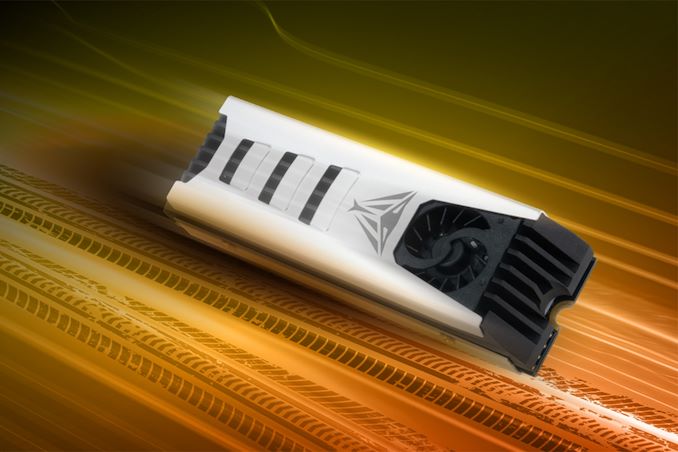
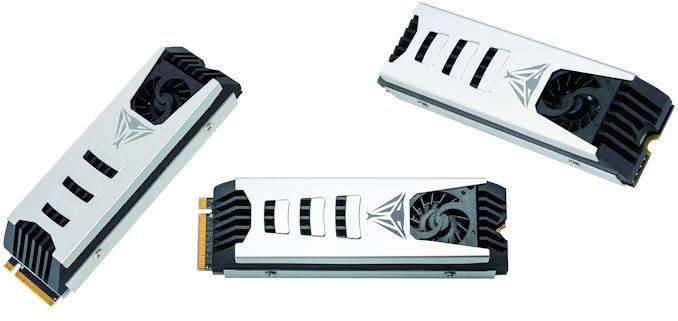
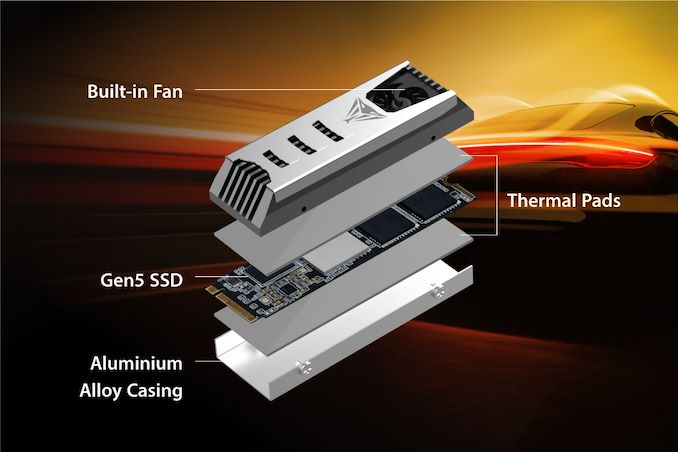

 Quote
Quote
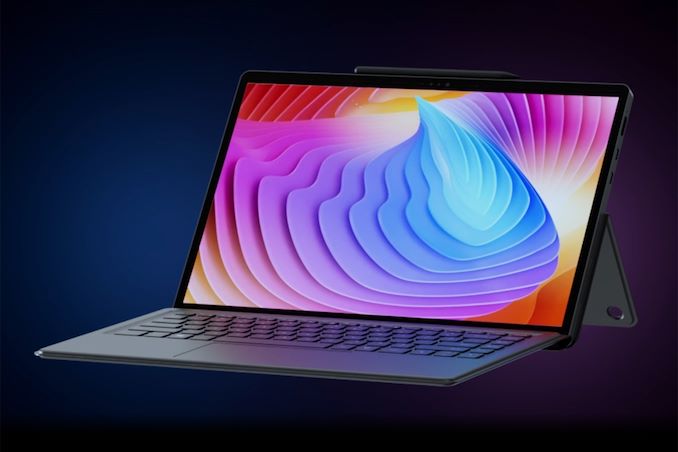
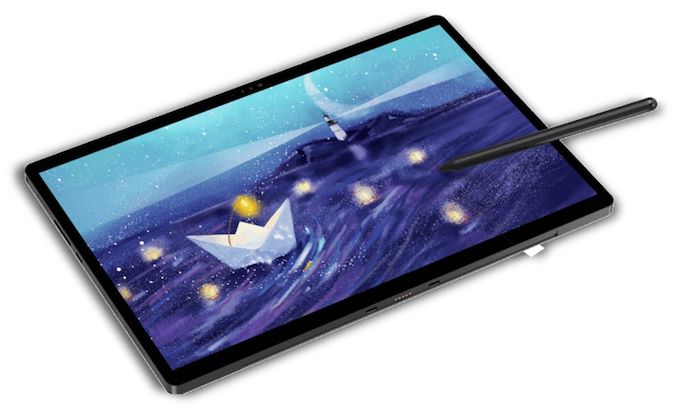
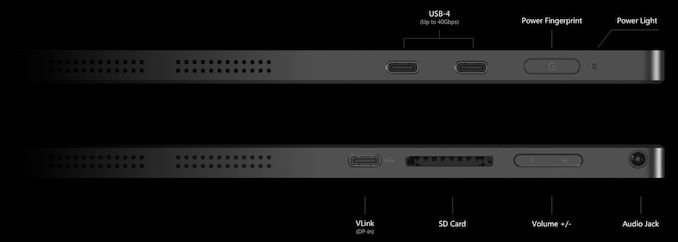
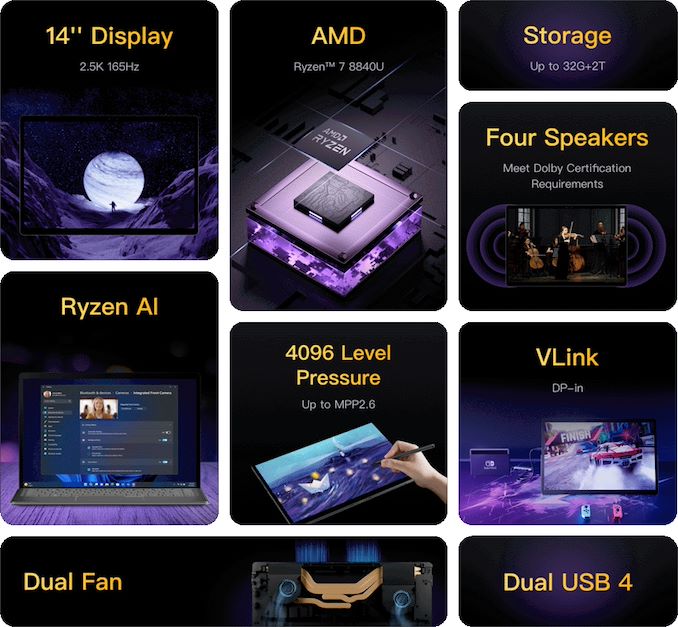
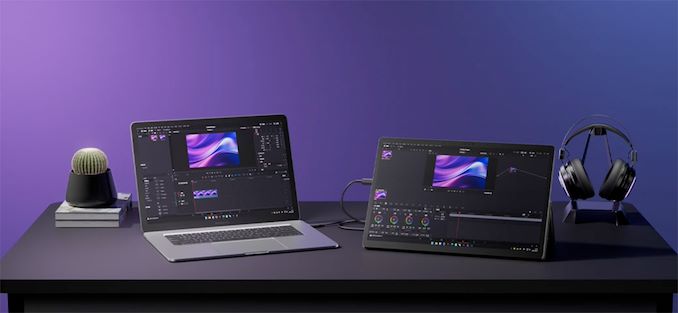
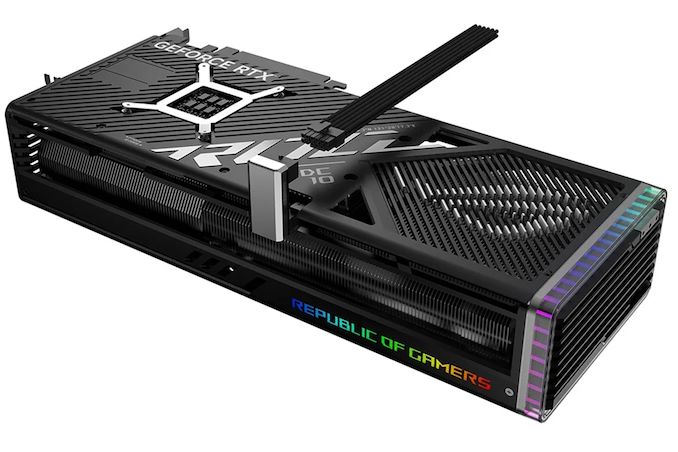
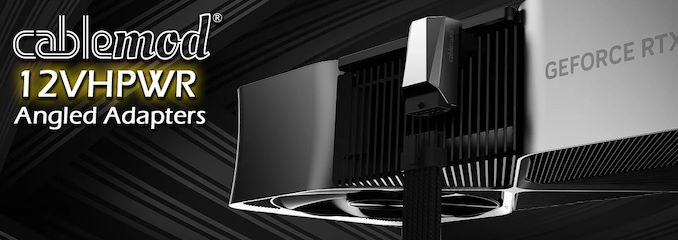
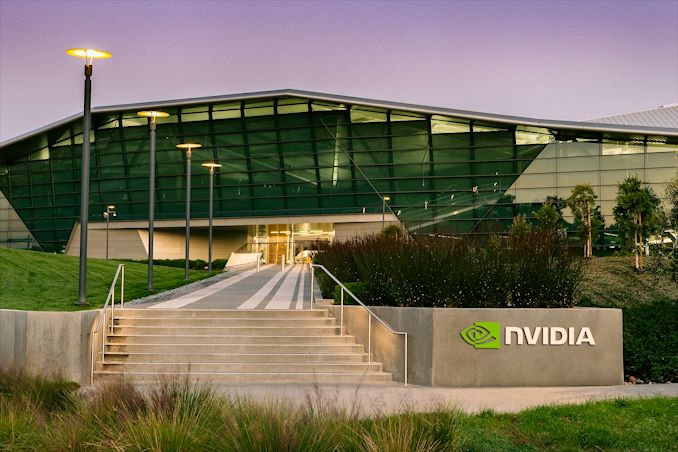
















Bookmarks